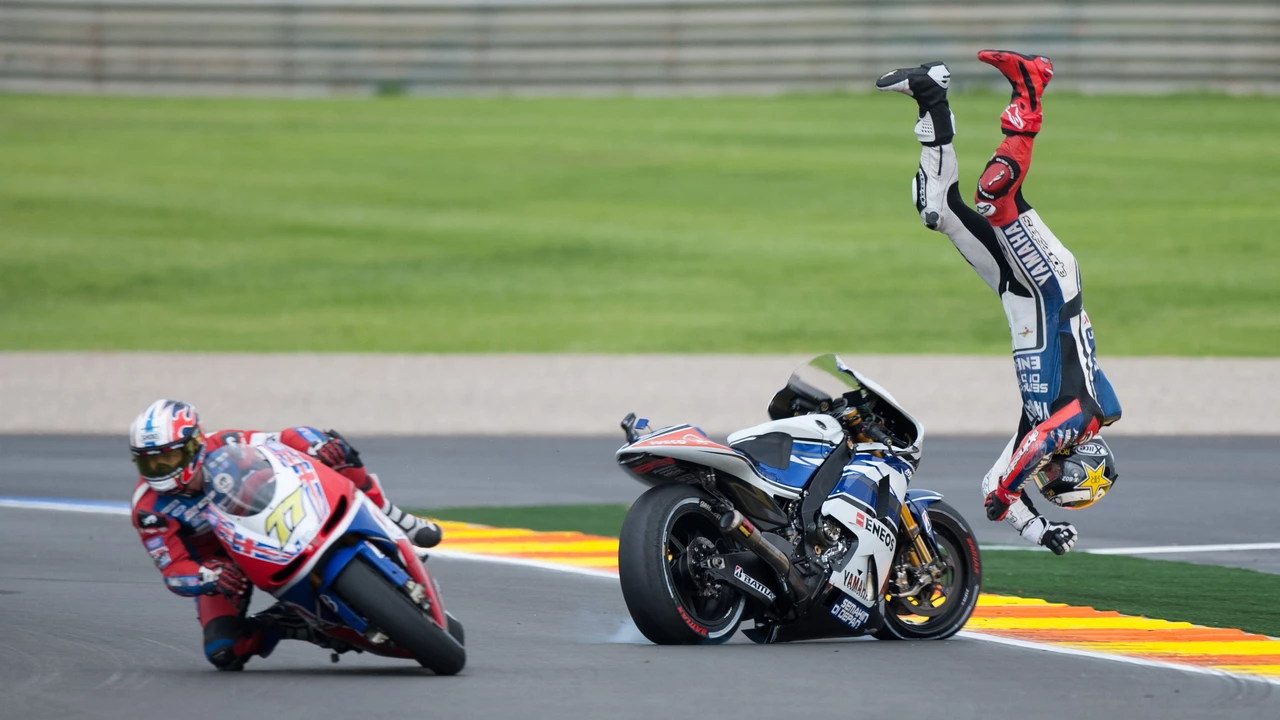Motorcycle Techniques You Can Use Today
Want to feel more confident on your bike? The right techniques make a huge difference. Below are easy‑to‑apply tips that help you control the bike, take corners smoother, and brake safely. No fancy jargon, just practical advice you can try on your next ride.
Mastering Body Position
Where you sit on the bike determines how it reacts. Keep your elbows slightly bent and relaxed – this lets the handlebars move without you fighting the bike. When you’re straight‑line riding, sit upright with weight centered over the footpegs. In a turn, shift a little weight to the inside foot, lean the bike, and keep your head turning to look where you want to go. Your shoulders should follow your eyes, not the bike.
Try this exercise: on a quiet road, enter a gentle corner at a comfortable speed. As you approach, move your inside foot forward and let the bike tilt. Notice how the bike wants to follow the line you’re looking at. Practice a few times, then add a little more speed. The more you repeat, the more natural the movement feels.
Braking & Cornering Basics
Most riders brake too hard and too late. Start by using both front and rear brakes together. The front does most of the stopping, but the rear keeps the bike stable. Pull the front lever smoothly, then add a little rear brake pressure. If you feel the front wheel wobble, ease off a bit.
When you need to brake before a corner, do it in a straight line. slowing down earlier gives you more grip and less chance of sliding. Once you’re at the right speed, release the brakes, shift your weight inside, and steer with your eyes. If you need to adjust speed while already in the turn, use gentle rear‑brake pressure – it helps the bike stay balanced without upsetting the corner line.
Another simple tip is the “trail braking” technique. Instead of firm, sudden braking, keep a light pressure on the front brake as you enter the turn and gradually release it as you apex. This keeps weight on the front wheel, improving grip and allowing a smoother line.
These basics work on any bike, from a commuter scooter to a sport bike used in the Isle of Man TT. The TT riders rely on the same principles, just at higher speeds and with race‑tuned machines. If you can master them in everyday traffic, you’ll be ready for more aggressive riding later.
Remember, practice is the only way to make these techniques stick. Start on low‑traffic roads, focus on one skill at a time, and gradually combine them. Over time you’ll notice better confidence, smoother corners, and shorter stopping distances. Keep your gear on, ride within your limits, and enjoy the improvement.

In MotoGP racing, it may appear as though riders don't turn their handles, but it's not entirely accurate. Instead of turning the handles like in regular motorbikes, MotoGP riders use a technique called 'counter-steering'. This involves pushing the handlebar in the opposite direction of the turn while leaning their body into the turn, which effectively steers the bike. It's a skill that requires precision and balance, and it's what allows these professional riders to navigate high-speed turns with such agility and control. So, while it may look like the handles aren't turning, there's a lot more going on beneath the surface.
Read More